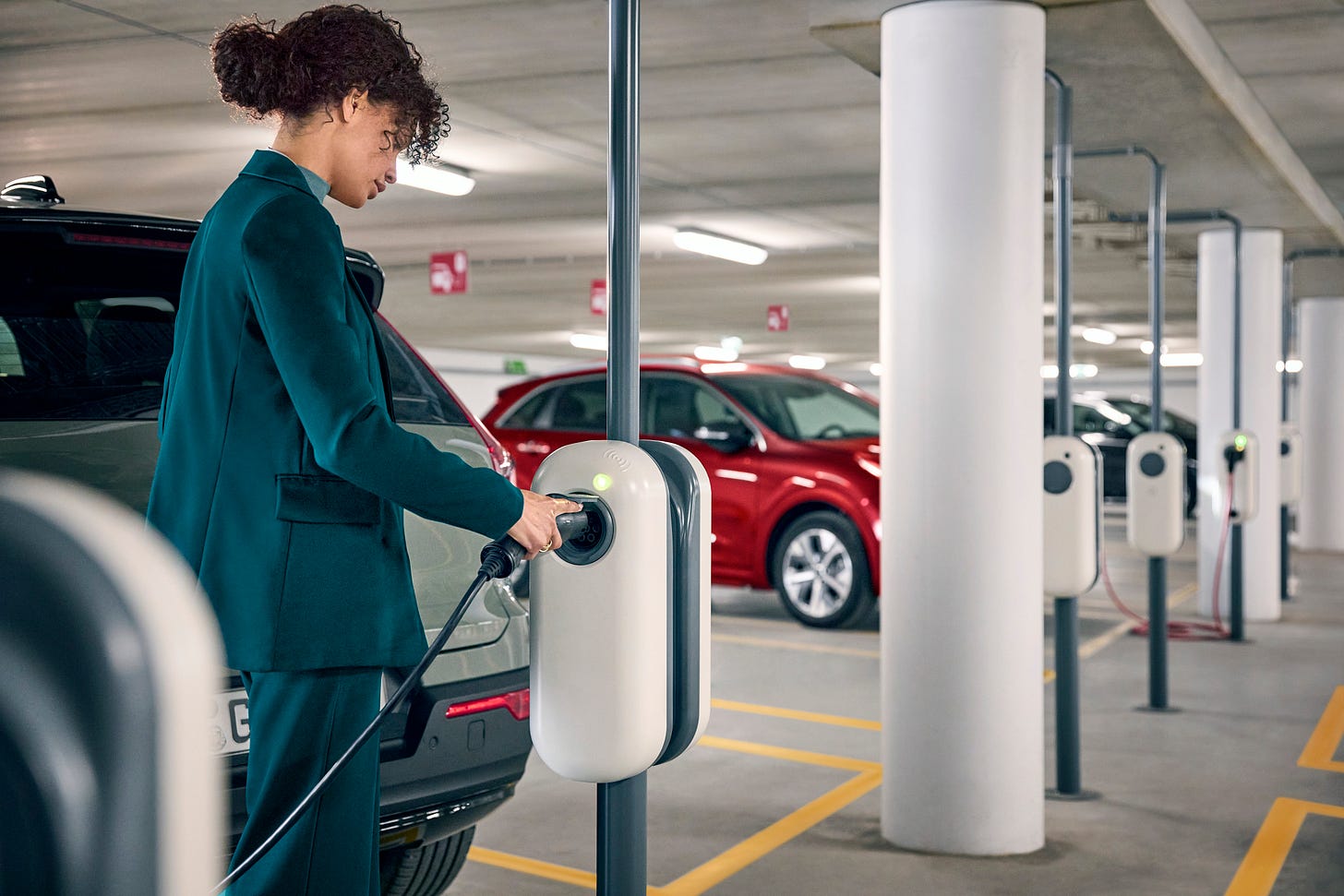AC vs DC Electric Vehicle Charging: Key Differences Explained
Learn how alternating current (AC) and direct current (DC) EV charging work and compare the pros and cons of each method. Understand AC home charging versus DC fast charging.
With electric vehicles becoming more mainstream, understanding how to charge them is crucial. But not all charging is equal - AC and DC fast charging use different methods that impact charging speed, convenience and battery life. This guide will explain the key distinctions so you can charge your EV efficiently.
To understand the difference between AC and DC charging, it's important to cover the basics of alternating and direct current electricity. Alternating Current (AC) flows back and forth directionally and is used for most power grids and household supplies. Direct Current (DC) flows in a single direction and is used in batteries, solar panels, and EVs.
Why AC and DC?
AC and DC charging serve different needs. AC covers home and destination charging when you're parked for hours. DC enables ultra-fast charging on road trips with minimal downtime. Combining both optimizes daily charging and long-distance travel.
AC
What is AC Charging?
AC charging uses alternating current to charge an EV battery through an onboard charger. AC chargers range from 3-22kW and typically require several hours to provide a full charge. The lower power makes AC ideal for overnight home charging to fill up while you sleep. Public AC chargers also allow topping up at retail, leisure and hospitality settings as well as offices and other workplaces.
AC charging uses alternating current electricity from the power grid. The onboard charger converts the AC supply into DC to charge the battery.
DC
What is DC Fast Charging?
DC fast charging converts the alternating current from the electrical grid into direct current offboard the vehicle. This DC supply can then rapidly charge the battery.
DC fast charging bypasses the onboard charger and sends direct current straight to the battery. DC chargers range from 25-350kW, enabling much faster charging. For example, a 150kW DC fast charger can add 100 miles of range in 15 minutes. However, the rapid power transfer causes more battery wear over time.
Key Differences
AC charging uses the onboard charger, DC fast charging converts power offboard before entering the EV.
AC charging provides 3-22kW, while DC fast charging offers 50-350kW for ultra-rapid charging.
It takes several hours to fully charge with AC, while DC can add a substantial range in under an hour.
AC is ideal for home and destination charging, and DC for rapid top-ups while travelling.
Excessive DC fast charging can degrade batteries faster than AC.
In summary, AC and DC charging work hand-in-hand. AC conveniently covers daily charging needs, while DC enables long trips with minimal downtime. Understanding the pros and cons of each allows EV owners to utilize both solutions and optimize the driving experience.







😂🤣🤣🤣